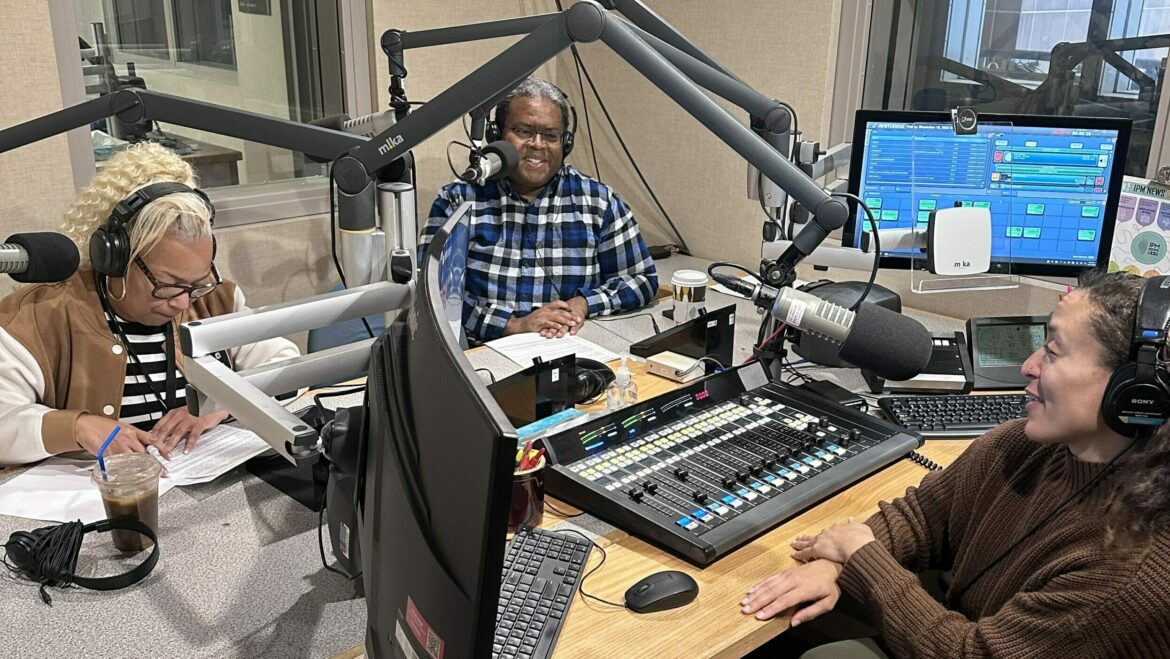Tag: Audience
Radio stations go to new places to court younger listeners
With dating mixers, breweries and family days, stations aim to welcome millennials to public media fandom.NPR updates newsmag strategy to address audience declines
The changes include shorter segments, a broader range of topics and more "joy."Audience losses are compounding for public radio news stations. Now what?
Programmers are pessimistic that cume ratings can rebound to their pre-pandemic highs, but that doesn’t stop them from trying.How public radio can serve listeners from across the political spectrum
Public radio has become "too predictable and a bit boring,” writes Jack Mitchell, a founding producer of “All Things Considered.” “Fix that ...With Illinois Soul, WILL creates new format for Black audiences
“We are going to create a whole new audience and a new way of receiving information in the Black community,” says Tracy ...Program directors point to multiple reasons for Triple A audience growth
Listeners have been tuning in more frequently and listening longer. In some markets, they're hearing new voices and more beats in the ...How to build the next generation of public radio listeners
Stop wringing your hands over how to attract Millennial and Gen Z audiences — focus on creating programs that give them more reasons ...Noncommercial news stations gain audience share, benefit from election bump
Stations outpaced their commercial competitors in audience share growth measured last month.Radio stations have ample opportunity to boost listening
Whether news, music or multiformat, a station can zero in on underperforming programs.Drop in younger listeners makes dent in NPR news audience
The trend could affect revenue for NPR and its member stations.Inconsistent Nielsen data vexes public radio stations and inspires a commercial solution
A new audio processing device takes on a shortcoming of the Portable People Meter system.Monday roundup: Alaska journalists raise concerns; Obama renominates CPB board member
• A lengthy Columbia Journalism Review feature focuses on a conflict over journalistic ethics at Anchorage-based Alaska Public Media. CFO Bernie Washington has been nominated to serve ...Downton scores more than 10 million viewers, sets PBS premiere record
The much-anticipated fourth season premiere of Downton Abbey on Masterpiece Classic drew a massive 10.2 million viewers on Sunday, good enough to ...Sherlock to follow Downton Abbey on Sundays
PBS is pairing two Masterpiece favorites on Sunday nights: the upcoming third season of its hit Sherlock and ratings blockbuster Downton Abbey, the network announced today. ...Atlanta jazz station hopes smoother sound catches on
Atlanta’s WCLK-FM, a jazz station licensed to Clark University, aims to double its audience share with a new approach to programming music ...












